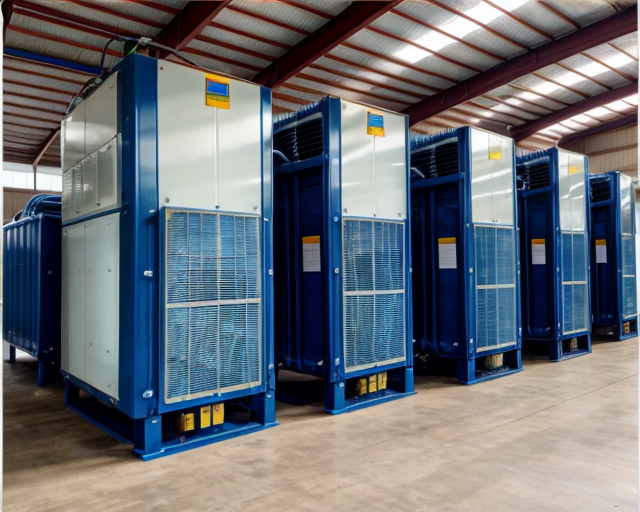Industrial evaporative coolers are an excellent cooling solution for large industrial spaces. They provide energy-efficient and cost-effective cooling while maintaining a comfortable working environment. To ensure optimal performance and longevity of your industrial evaporative cooler, proper installation and regular maintenance are crucial. In this guide, we will walk you through the installation process and provide essential maintenance tips for your industrial evaporative cooler.
Installation Process:
Site Assessment: Before installation, conduct a thorough site assessment. Determine the ideal location for your evaporative cooler, considering factors such as airflow, accessibility, and proximity to a water source.
Prepare the Area: Clear the installation area of any obstructions or debris that may hinder the cooler’s performance. Ensure there is sufficient space for the cooler, including proper ventilation and clearance around the unit.
Connect Water Supply: Industrial evaporative coolers require a water source for operation. Connect the water supply to the appropriate inlet on the cooler, following the manufacturer’s instructions. Use a clean water source to prevent clogging and mineral buildup.
Install Ductwork: Depending on your cooling requirements, you may need to install ductwork to distribute the cooled air effectively. Ensure proper sealing and insulation to prevent air leakage and maximize cooling efficiency.
Electrical Connections: Connect the evaporative cooler to a dedicated power source following electrical codes and safety guidelines. Hire a licensed electrician if necessary to ensure proper wiring and avoid any electrical hazards.
Test the System: After installation, test the industrial evaporative cooler to ensure all components are functioning correctly. Check for any leaks, ensure proper water flow, and verify that the fan and controls are operational.
Maintenance Tips:
Regular Cleaning: Clean the evaporative cooler regularly to prevent dirt, debris, and mineral buildup. Remove and clean the cooling pads, check for any blockages in the water distribution system, and clean or replace filters as needed.
Check Water Quality: Monitor the quality of the water used in the cooler. Hard water with high mineral content can lead to scale buildup, affecting the cooler’s performance. Consider using water treatment methods or installing a water softener to minimize mineral deposits.
Inspect Belts and Motors: Regularly inspect the belts and motors of the evaporative cooler. Check for any signs of wear, misalignment, or damage. Replace worn belts and lubricate the motors as recommended by the manufacturer.
Maintain Proper Ventilation: Ensure that the cooler and its surrounding area have adequate ventilation. Clear any obstructions around the unit and clean the air intake to maintain optimal airflow.
Seasonal Shutdown and Start-Up: Properly shut down the evaporative cooler at the end of the cooling season. Drain and clean the unit, and protect it from harsh weather conditions. Before the next cooling season, perform a thorough inspection, replace any damaged parts, and start up the cooler following the manufacturer’s instructions.
Conclusion:
Installing and maintaining your industrial evaporative cooler correctly is essential for its efficient operation and longevity. By following the installation process and implementing regular maintenance practices, you can ensure optimal cooling performance and a comfortable working environment. Regular cleaning, checking water quality, inspecting belts and motors, maintaining proper ventilation, and seasonal shutdown/start-up procedures will contribute to the longevity and effectiveness of your industrial evaporative cooler.








